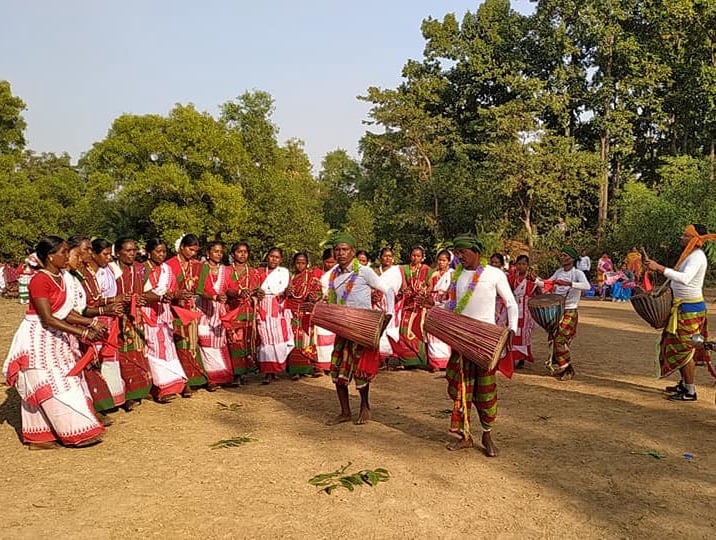
The essence of Bankura is deeply rooted in its rural villages. The majority of the local population engages in farming, while others are skilled artisans such as carpenters and potters. Bankura is renowned internationally for its distinctive “Bankura Horse,” a terracotta sculpture, and its Dashabatar Tash, historic paintings. The district is also well-known for its agricultural production, particularly mangoes and mustard.
In the Mukutmanipur region, various tribes such as the Santhal, Bhumij (Sardar), and Munda reside, belonging to the Proto-Australoid ethnic group. Their staple diet includes rice, and they prepare a special dish called Charpa Pitha, made from rice flour and minced meat dough, which is steamed in Sal leaves. Tribal communities are celebrated for their vibrant dance and music traditions. Women, dressed in white sarees with red borders and adorned with colorful garlands, perform dances like Pata, Dasai, Ranpa, Karam, Raibeshe, and Jhumur. Men wear traditional white dhotis and turbans and play musical instruments such as Dhamsa, Kendra, and Madal.
Artistry is a significant aspect of life in Bankura, with locals specializing in Dokra and terracotta crafts. The area is also known for its bell metal, conch shell, and sandstone craftworks. Additionally, master weavers contribute to the renowned garment industry, producing Baluchari, silk, and handloom saris.